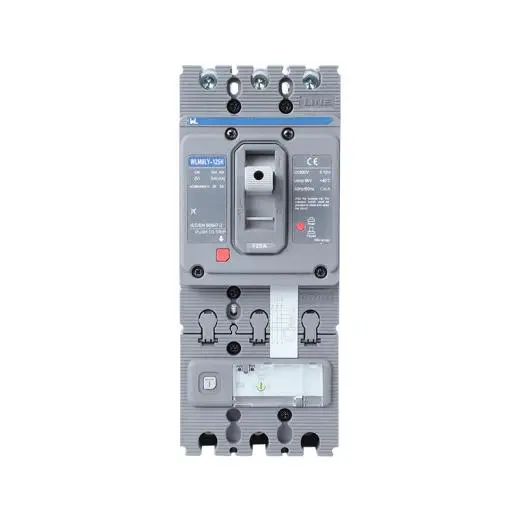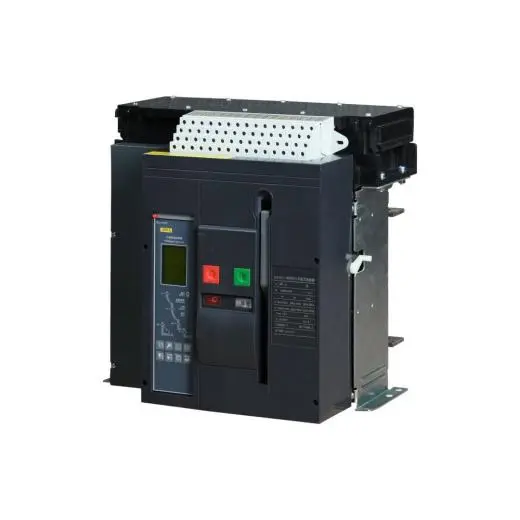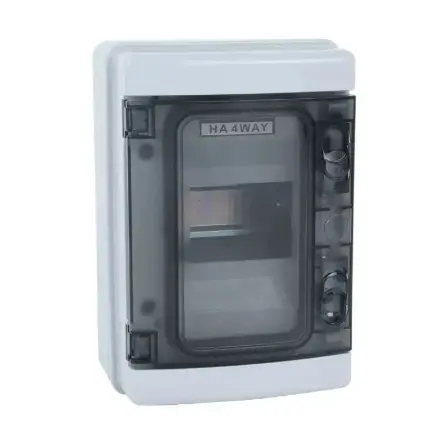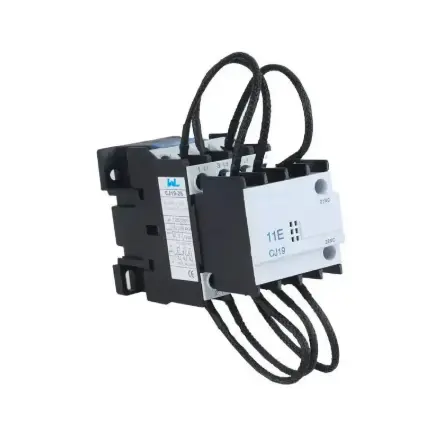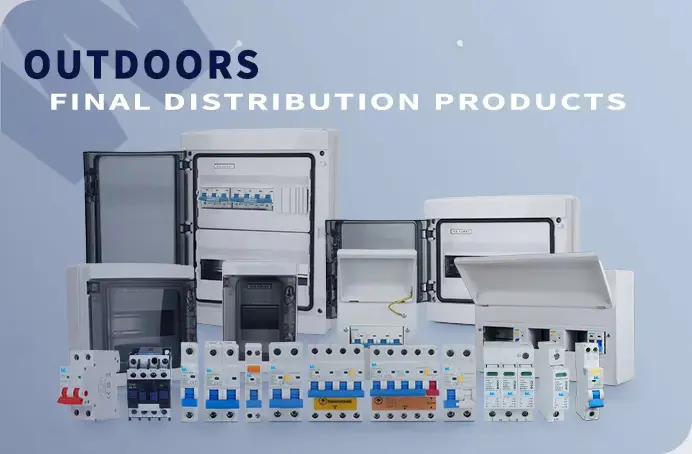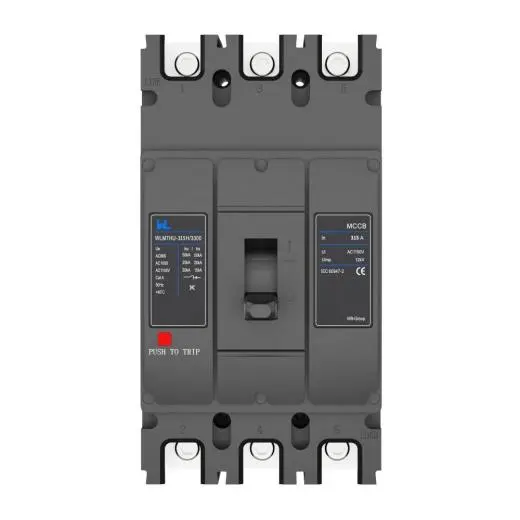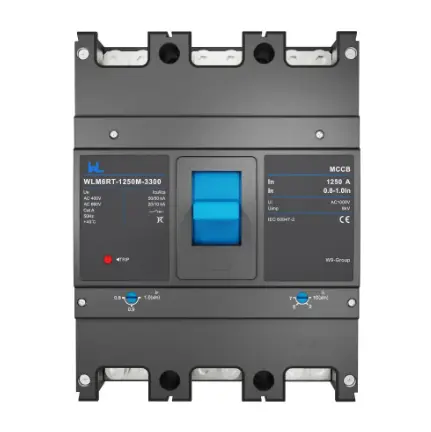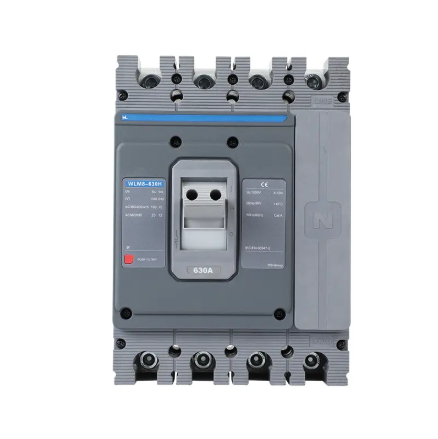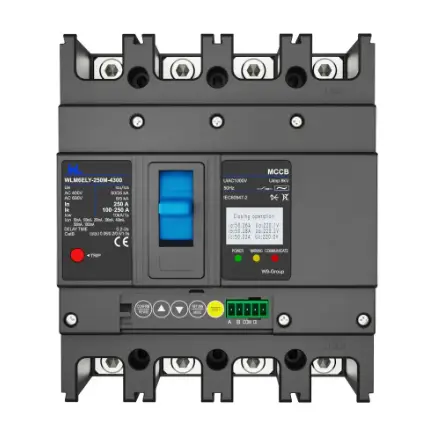Understanding AC Surge Protective Devices to Safeguard Electricals
In a technological world where everything around us has technology behind it, it is more essential than ever to protect electrical systems against power surges. An AC surge protection device (SPD) is a vital bit of technology that is specifically engineered to safeguard your equipment, electronics, and electrical system from harmful voltage spikes. As a property owner, a business owner, or a facility manager, it can save you a small fortune in repairs and assure you with a promise of business continuity to understand what an AC surge protective device is and does. We discover here what an AC surge protective device is, how it works, the advantages it provides, and why electrical safety requires it.
What Is an AC Surge Protective Device?
AC surge protective device is a piece of electric hardware installed on electrical power distribution systems to protect against voltage surges in transients. The surges, usually resulting from lightning, power outages, or electrical utility grid switching, consume equipment like computers, HVAC, and industrial machinery. By channeling excess voltage into a grounding system, SPDs stop the transmission of voltages above safety levels across equipment that they are connected to.
Unlike basic power strips lacking sufficient surge protection, AC surge protective devices are built with higher capability. They are typically mounted at the main electrical panel or sub-panels to provide whole-system protection.
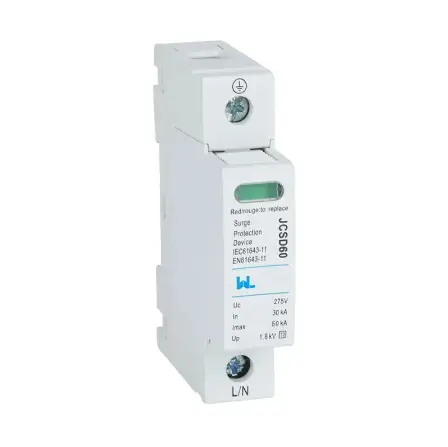
How Does an AC Surge Protective Device Work?
An AC surge protector device detects and lets off voltage spikes before they hurt your equipment. Upon the onset of a surge, the SPD acts in nanoseconds by diverting excess energy to ground via a process referred to as clamping. This keeps safe levels of voltage from your devices.
Such devices typically utilize devices like metal oxide varistors (MOVs) or gas discharge tubes to absorb and discharge the energy of the surge. Advanced ones can utilize hybrid technologies for increased robustness and effectiveness. SPDs also become rated based on their ability to handle surge current, expressed in kiloamperes (kA), which refers to their ability to handle major surges without being destroyed.
Why You Need an AC Surge Protective Device
Power surges are more frequent than people think. Industry reports indicate that residential homes experience several dozen low-grade surges throughout the year, and lightning surges, even though they happen infrequently, can cause a lot of destruction. When they are not sufficiently protected, the consequences of surges include:
- Equipment Damage: Sensitive household appliances such as television sets, computers, and smart home technologies are prone to breakdown through surges.
- Data Loss: Power surges cause data corruption within servers or computer systems, thus disrupting businesses.
- Fire Hazards: Uncontrolled spikes can heat wire beyond its tolerance, posing electrical fire hazards.
- Expensive Repairs:Electrical system repairs or replacement of malfunctioning equipment may be time-consuming and expensive.
An AC surge protective device averts these dangers by offering a first line of protection. In commercial usage, SPDs enhance operational dependability and reduce maintenance expenses, making them a wise investment.
Key Benefits of Installing an AC Surge Protective Device
Installation of an AC surge protective device has numerous advantages and is a worthwhile investment for all electrical systems. Some of the key advantages include:
- System-Wide Protection: AC SPDs protect whole electrical systems, such as hardwired equipment and machinery, as opposed to plug-in types.
- Long-Term Cost Savings: Because SPDs shield equipment from damage, they reduce repair and replacement costs, and they also have a high return on investment.
- Improved Safety: Surge protection eliminates fire hazards and enables electrical safety conditions.
- Customized Solutions: SPDs are available in various applications with the optimal performance for specific requirements.
- Mind Ease: Surge protection allows you to focus on routine operations without concerns about unexpected electrical issues.
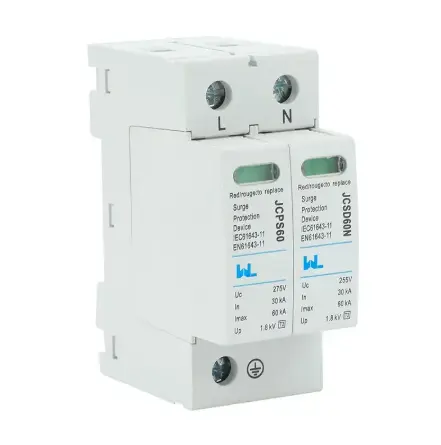
Making the Right AC Surge Protective Device Selection
The proper AC surge protective device to select depends on the magnitude of your electrical system, the equipment you are guarding, and your surge risk level. Keep in mind the following:
- Surge Risk Assessment: Areas prone to lightning or power surges require greater capacity SPDs.
- Surge Current Ratings: Choose devices with high enough ratings, such as 50kA or higher for commercial use.
- Professional Installation: Have the SPD professionally installed in the main panel by a certified electrician for maximum protection.
- Genuine Products: Utilize devices rated to international standards of performance and reliability.
Installation and Maintenance Tips
Proper installation by a licensed electrician is necessary to ensure proper functioning. Install the SPD on the main panel or critical sub-panels via a licensed electrician. Regular maintenance in the realm of visual inspection and testing is performed to provide assurance of long-term performance. New SPDs are mostly equipped with diagnostic indicators that aid in replacement marking.
Summing Up
An AC surge protective device is a worthwhile investment in the protection of electrical systems from the uncertainty of power surges. By redirecting destructive voltage spikes, the devices protect your equipment, minimize downtime, and enhance safety. For a home, office, or industrial facility, the correct SPD ensures unshakeable protection. Get ahead and render your electrical infrastructure safe with a reliable AC surge protective device today.

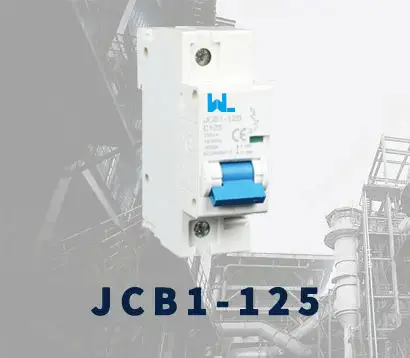 JCB1-125
JCB1-125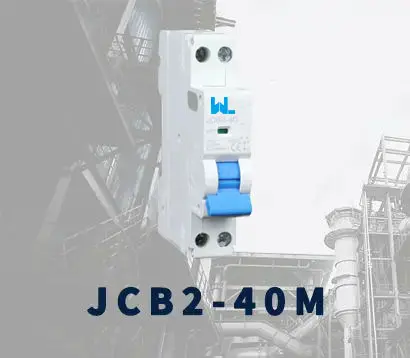 JCB2-40M
JCB2-40M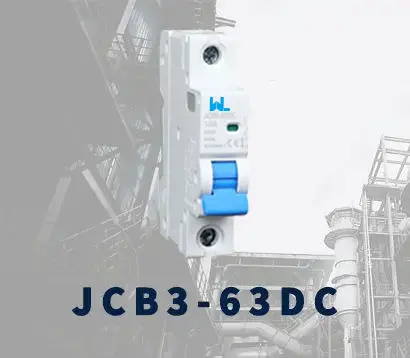 JCB3-63DC
JCB3-63DC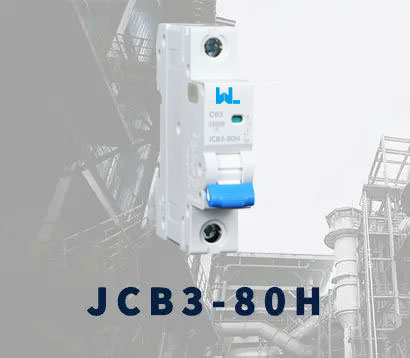 JCB3-80H
JCB3-80H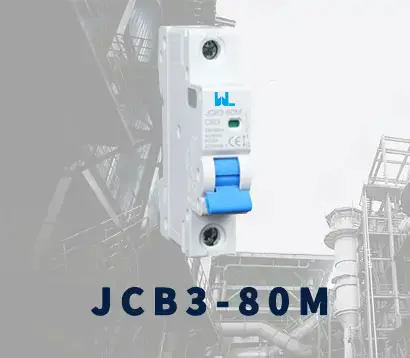 JCB3-80M
JCB3-80M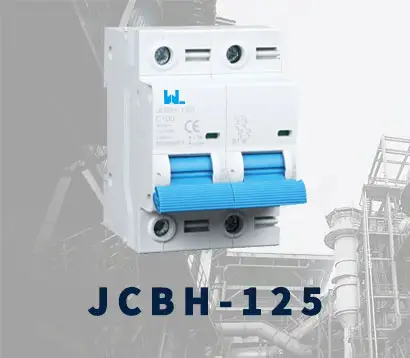 JCBH-125
JCBH-125 JC125-4P
JC125-4P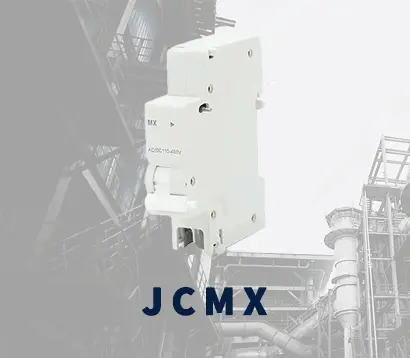 JCMX
JCMX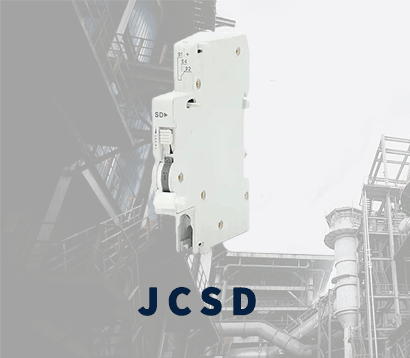 JCSD
JCSD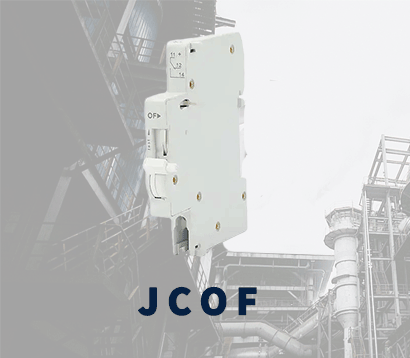 JCOF
JCOF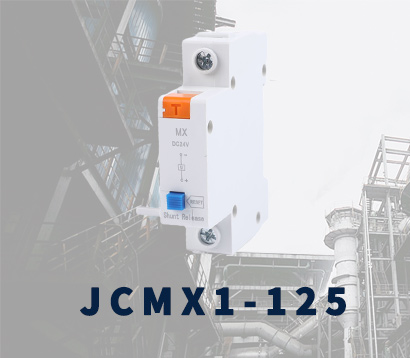 JCMX1-125
JCMX1-125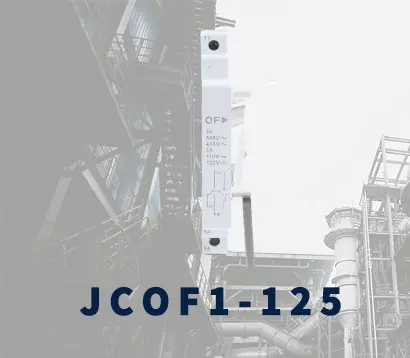 JCOF1-125
JCOF1-125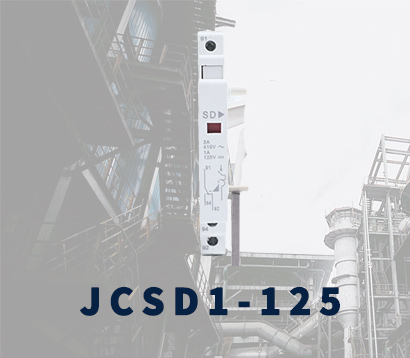 JCSD1-125
JCSD1-125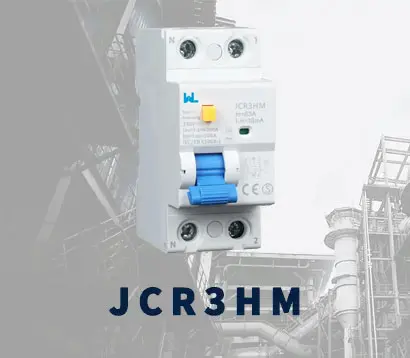 JCR3HM
JCR3HM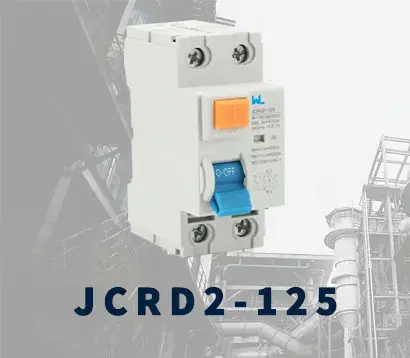 JCRD2-125
JCRD2-125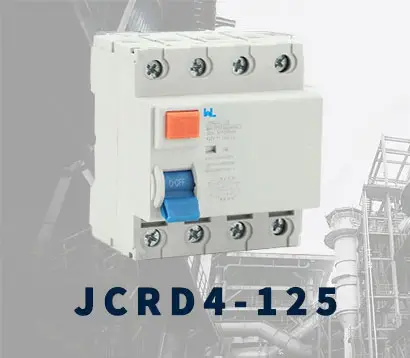 JCRD4-125
JCRD4-125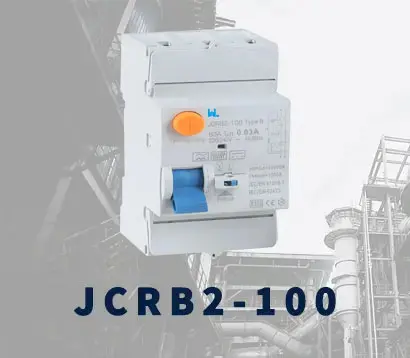 JCRB2-100
JCRB2-100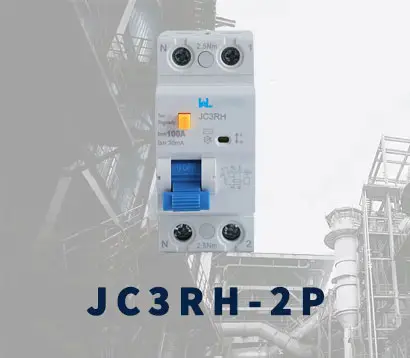 JC3RH-2P
JC3RH-2P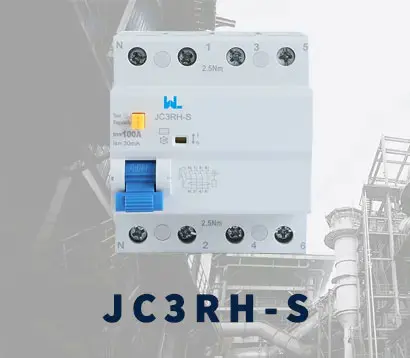 JC3RH-S
JC3RH-S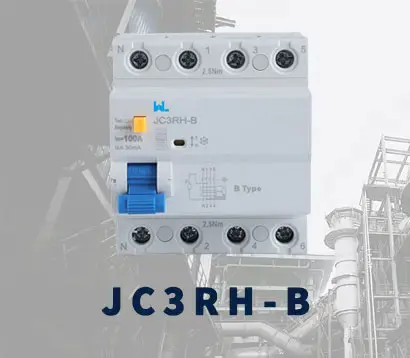 JC3RH-B
JC3RH-B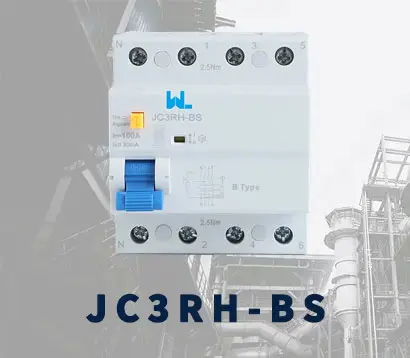 JC3RH-BS
JC3RH-BS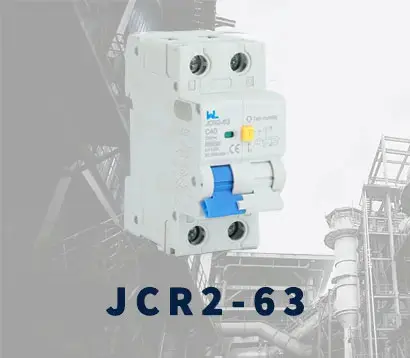 JCR2-63
JCR2-63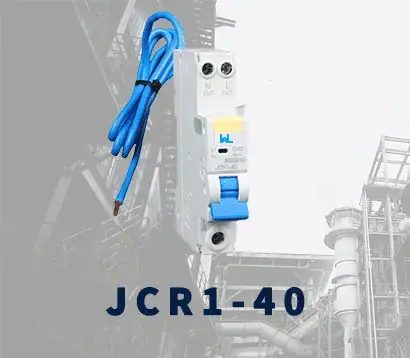 JCR1-40
JCR1-40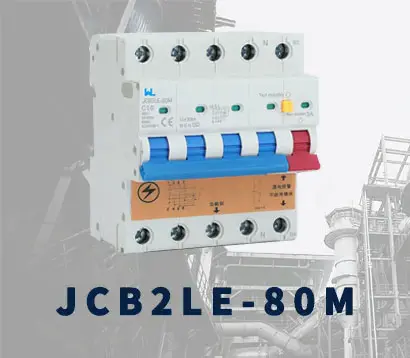 JCB2LE-80M
JCB2LE-80M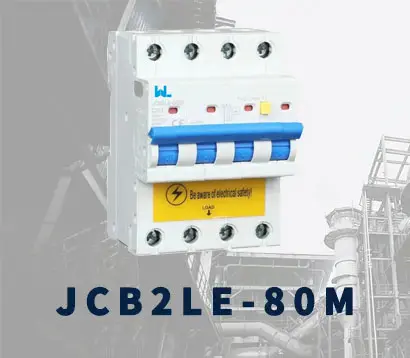 JCB2LE-80M
JCB2LE-80M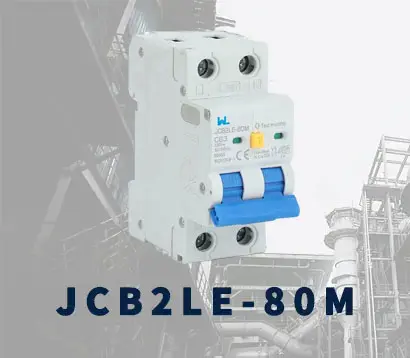 JCB2LE-80M
JCB2LE-80M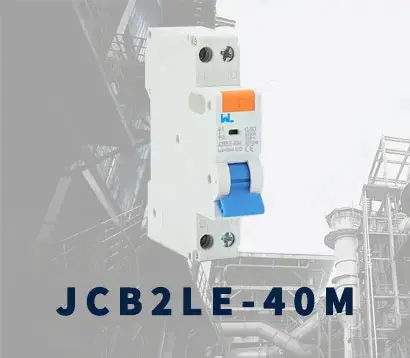 JCB2LE-40M
JCB2LE-40M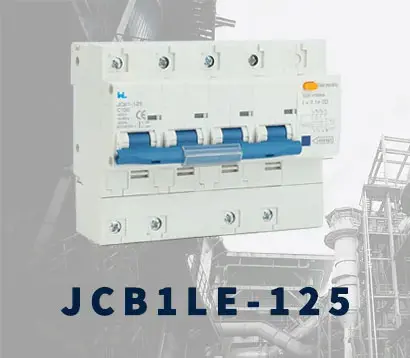 JCB1LE-125
JCB1LE-125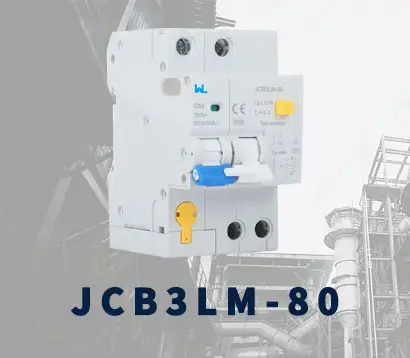 JCB3LM-80
JCB3LM-80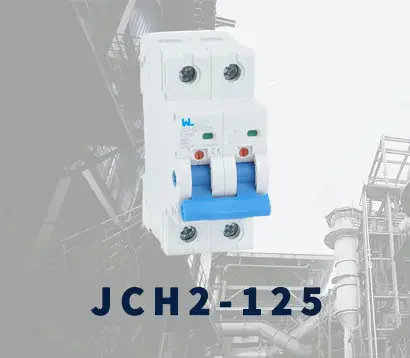 JCH2-125
JCH2-125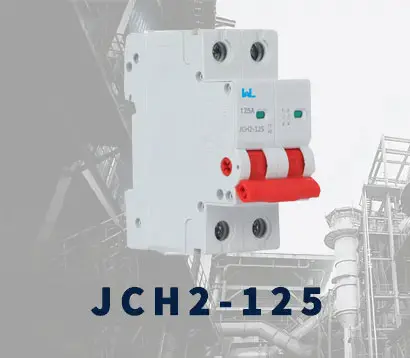 JCH2-125
JCH2-125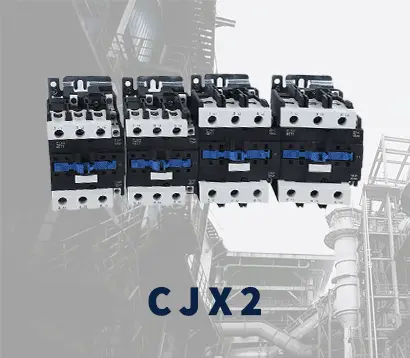 CJX2
CJX2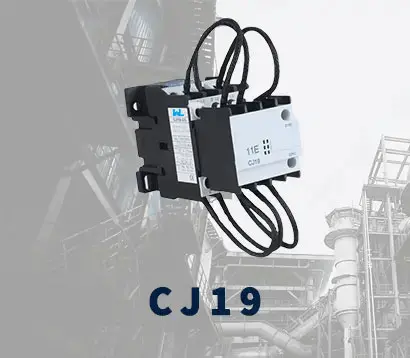 CJ19
CJ19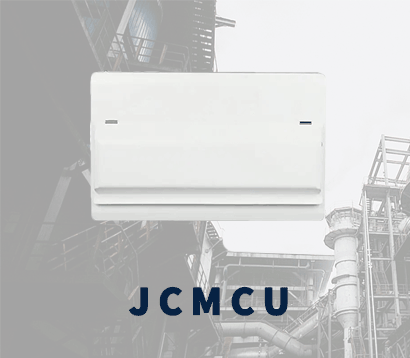 JCMCU
JCMCU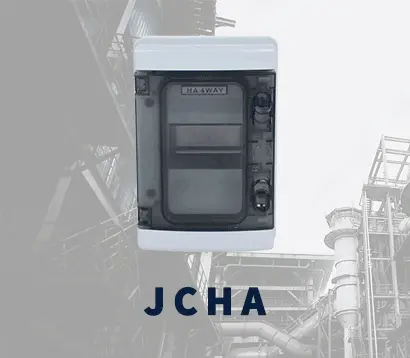 JCHA
JCHA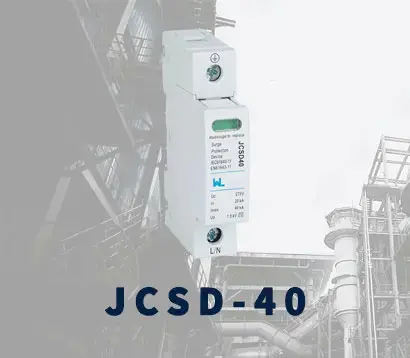 JCSD-40
JCSD-40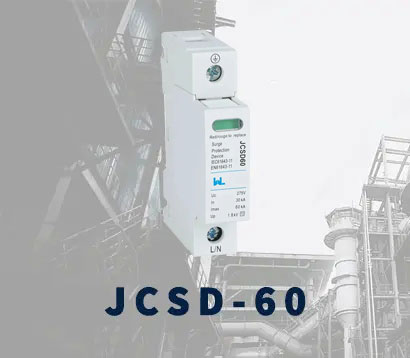 JCSD-60
JCSD-60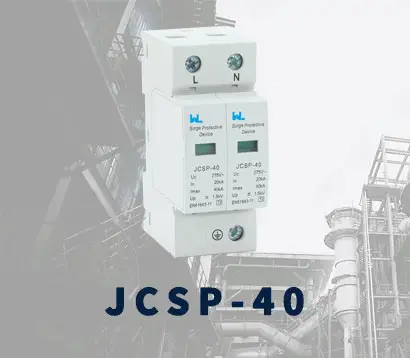 JCSP-40
JCSP-40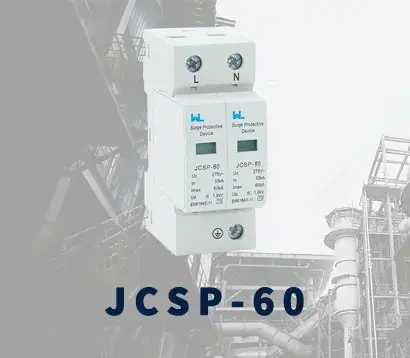 JCSP-60
JCSP-60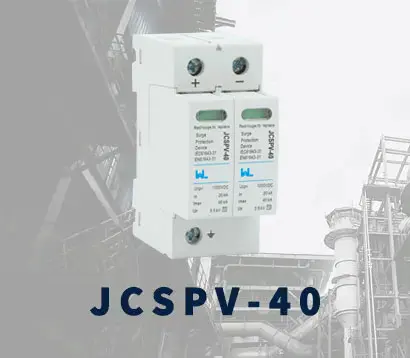 JCSPV
JCSPV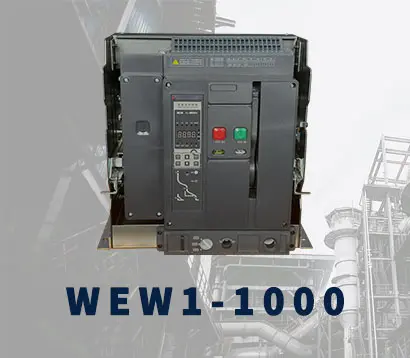 WEW1-1000
WEW1-1000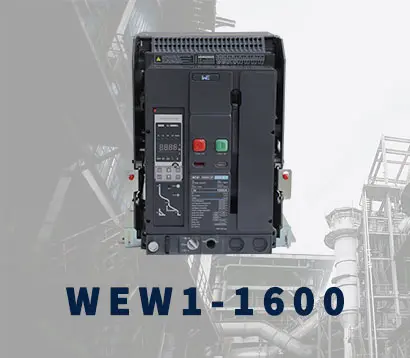 WEW1-1600
WEW1-1600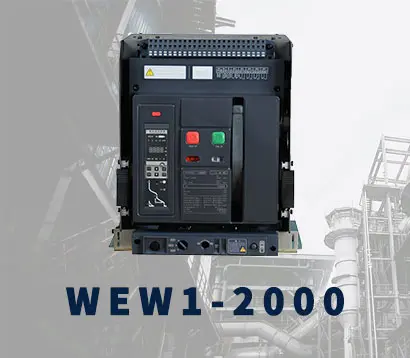 WEW1-2000
WEW1-2000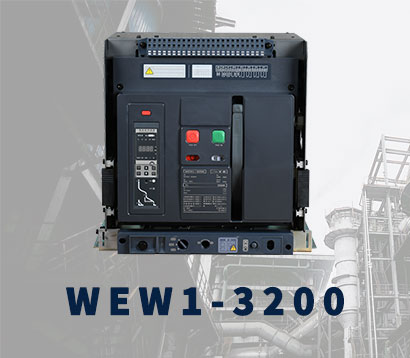 WEW1-3200
WEW1-3200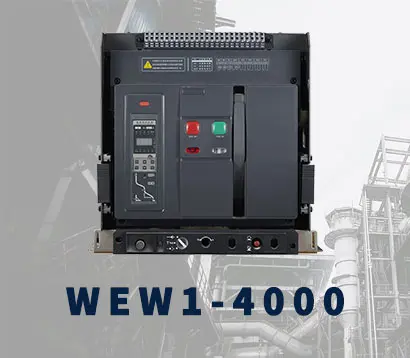 WEW1-4000
WEW1-4000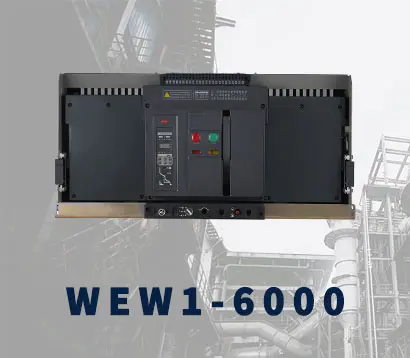 WEW1-6300
WEW1-6300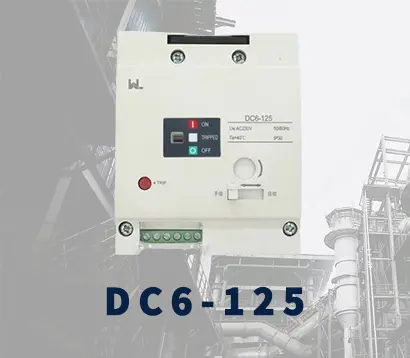 DC6-125
DC6-125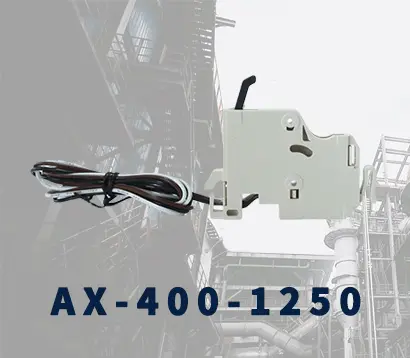 AX-400-1250
AX-400-1250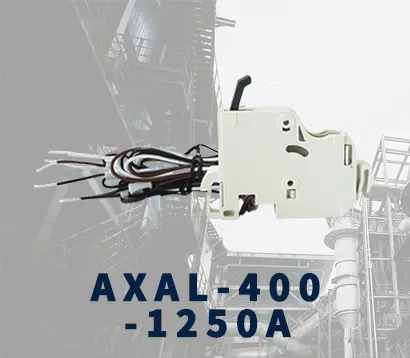 AXAL-400-1250A
AXAL-400-1250A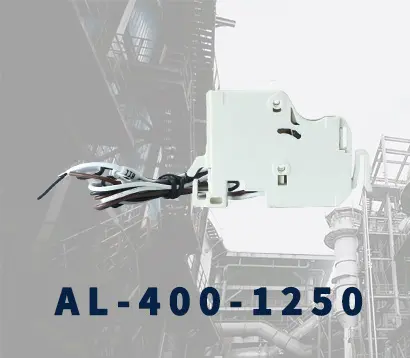 AL-400-1250
AL-400-1250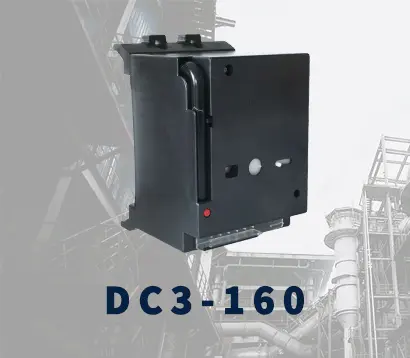 DC3-160
DC3-160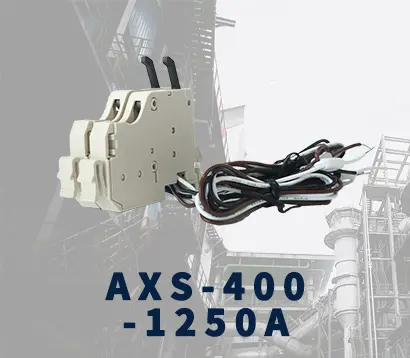 AXS-400-1250A
AXS-400-1250A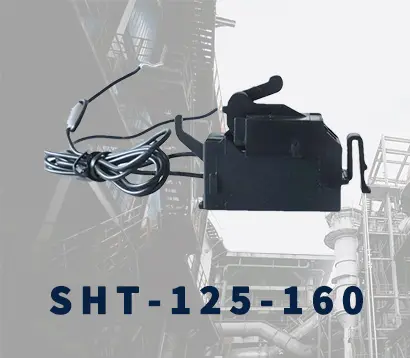 SHT-125-160
SHT-125-160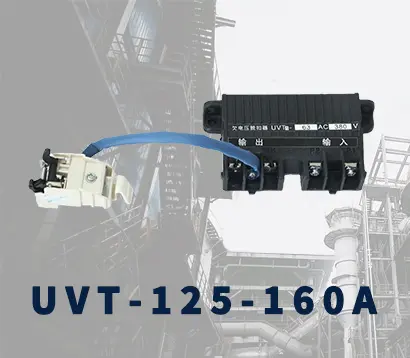 UVT-125-160A
UVT-125-160A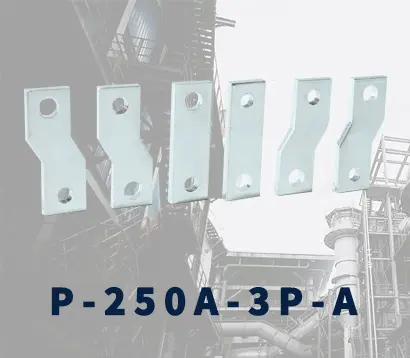 P-250A-3P-A
P-250A-3P-A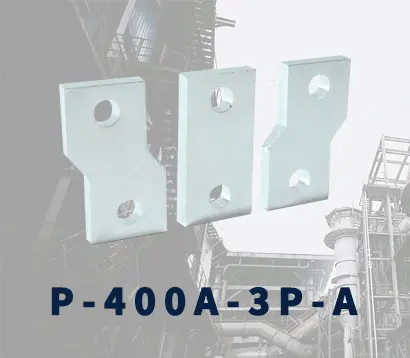 400-3P/4P terminal cover
400-3P/4P terminal cover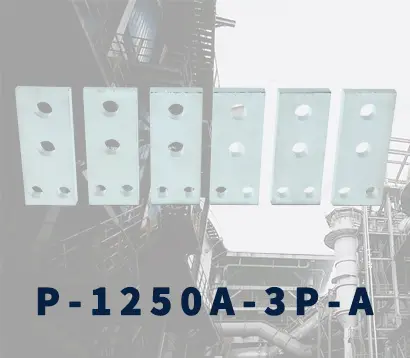 1250-3Pmccb accessories busbar
1250-3Pmccb accessories busbar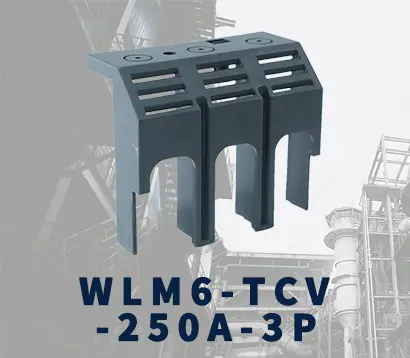 250-3P terminal conver
250-3P terminal conver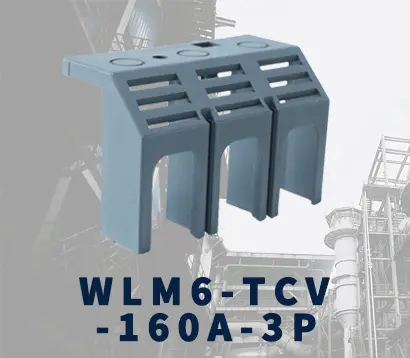 WLM6-TCV-160A-3P
WLM6-TCV-160A-3P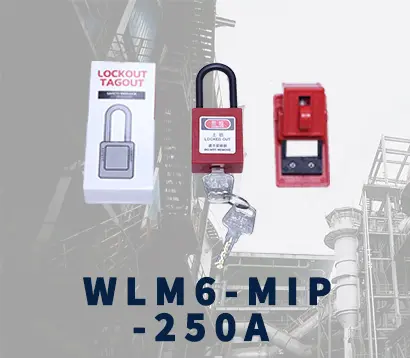 WLM6-MIP-250A
WLM6-MIP-250A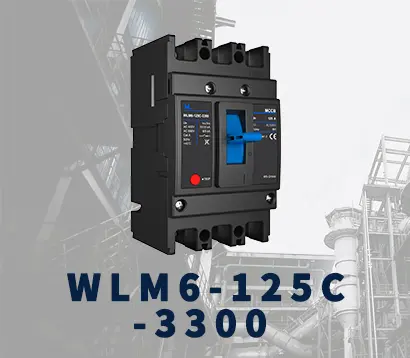 WLM6-125A-3300 3P/4P
WLM6-125A-3300 3P/4P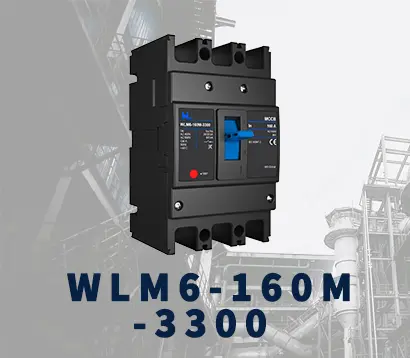 WLM6-160A-3300 3P/4P
WLM6-160A-3300 3P/4P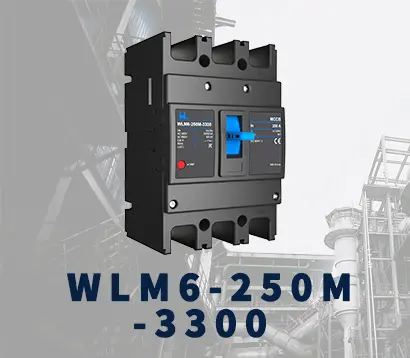 WLM6-250A-3300 3P/4P
WLM6-250A-3300 3P/4P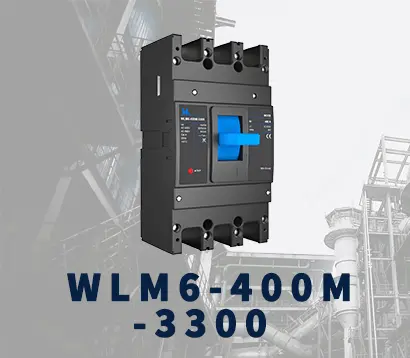 WLM6-400A-3300 3P/4P
WLM6-400A-3300 3P/4P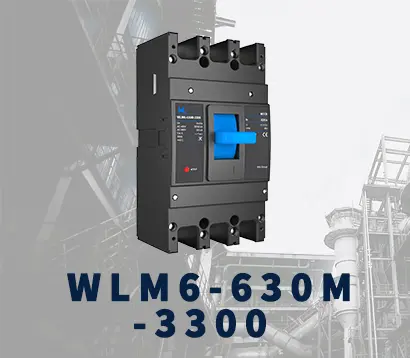 WLM6-630A-3300 3P/4P
WLM6-630A-3300 3P/4P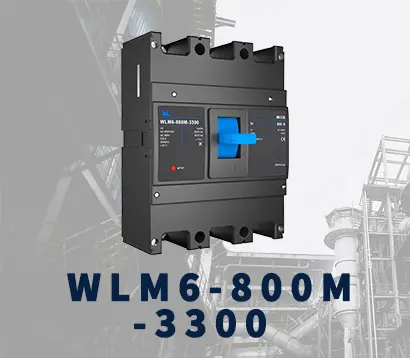 WLM6-800A-3300 3P/4P
WLM6-800A-3300 3P/4P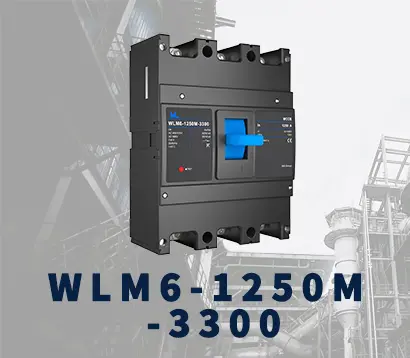 WLM6-1250A-3300 3P/4P
WLM6-1250A-3300 3P/4P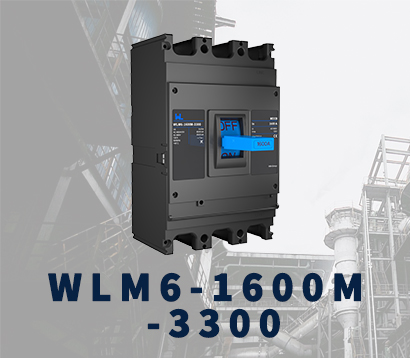 WLM6-1600A-3300 3P/4P
WLM6-1600A-3300 3P/4P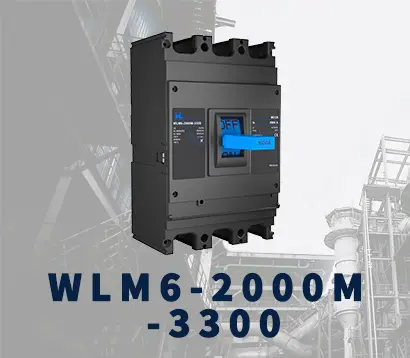 WLM6-2000A 3P/4P
WLM6-2000A 3P/4P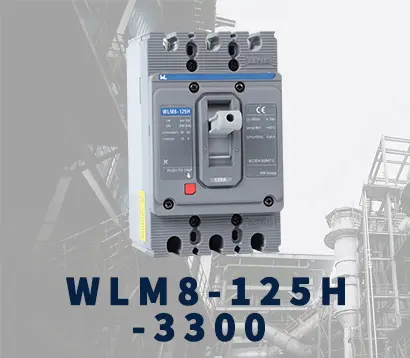 WLM8-125H-3300
WLM8-125H-3300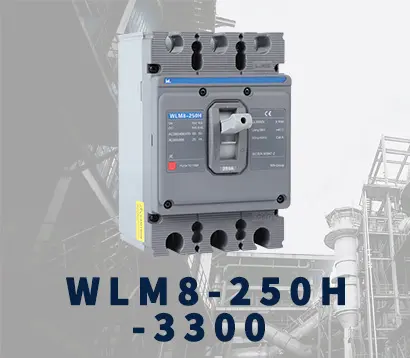 WLM8-250H-3300
WLM8-250H-3300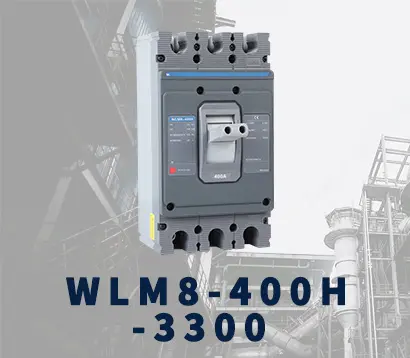 WLM8-400H-3300
WLM8-400H-3300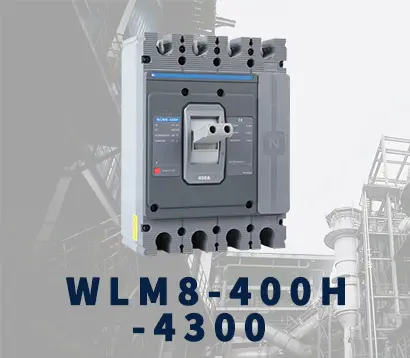 WLM8-400H-4300
WLM8-400H-4300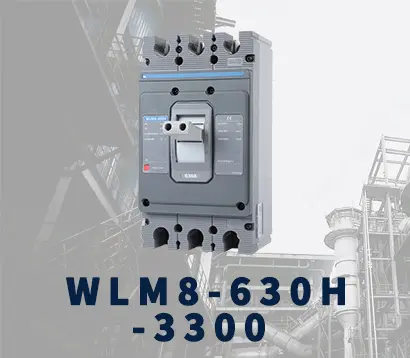 WLM8-630H-3300
WLM8-630H-3300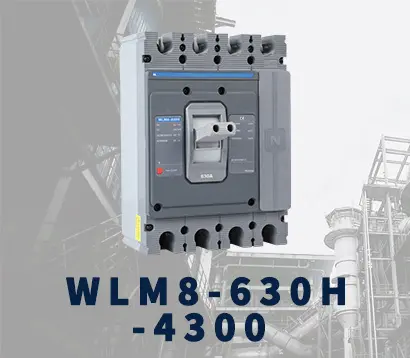 WLM8-630H-4300
WLM8-630H-4300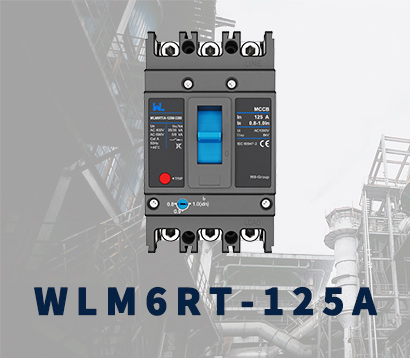 WLM6RT-125A
WLM6RT-125A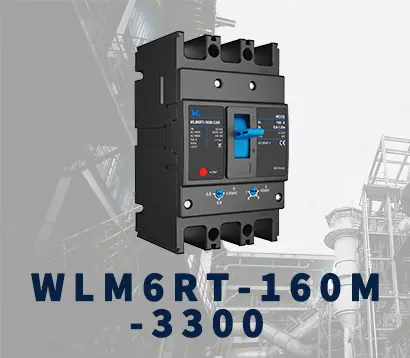 WLM6RT-160A
WLM6RT-160A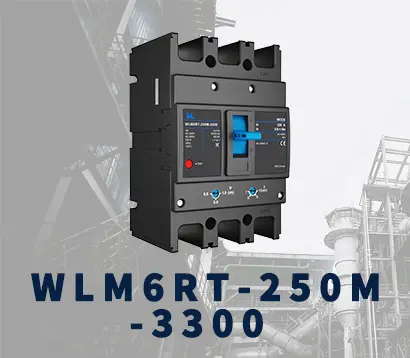 WLM6RT-250A
WLM6RT-250A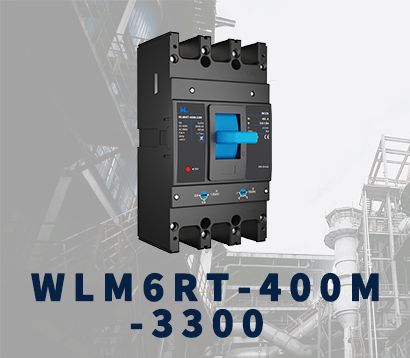 WLM6RT-400A
WLM6RT-400A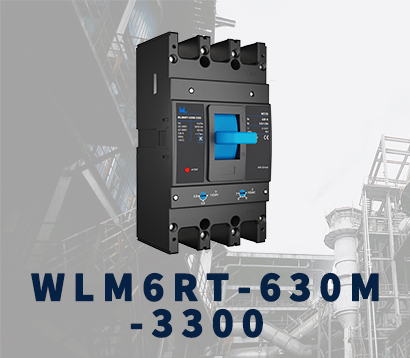 WLM6RT-630A
WLM6RT-630A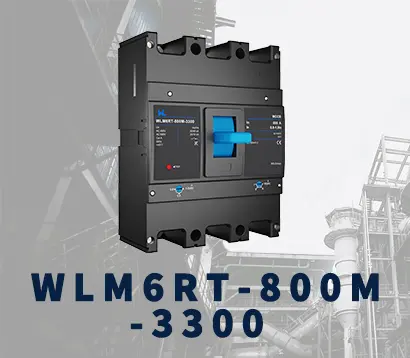 WLM6RT-800A
WLM6RT-800A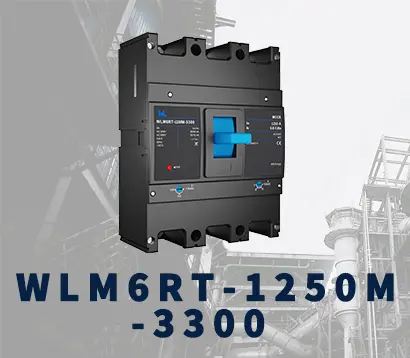 WLM6RT-1250A
WLM6RT-1250A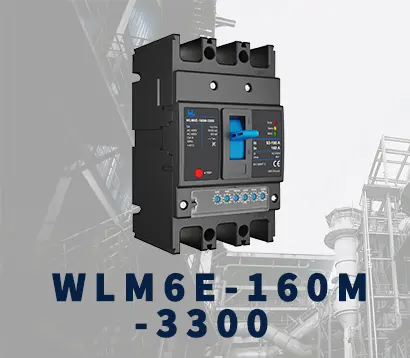 WLM6E-160A-3300 3P
WLM6E-160A-3300 3P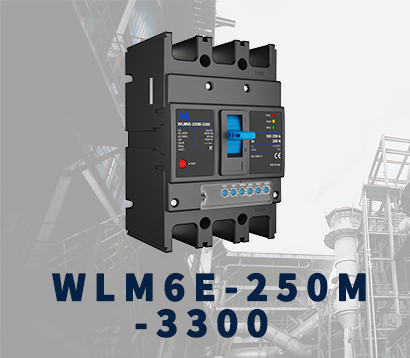 WLM6E-250A-3300
WLM6E-250A-3300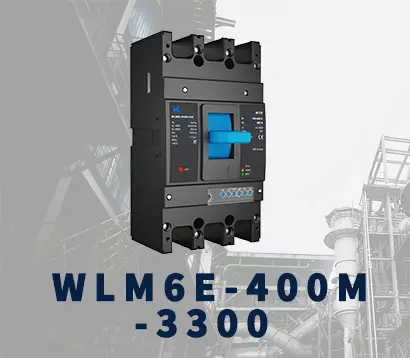 WLM6E-400A-3300 3P/4P
WLM6E-400A-3300 3P/4P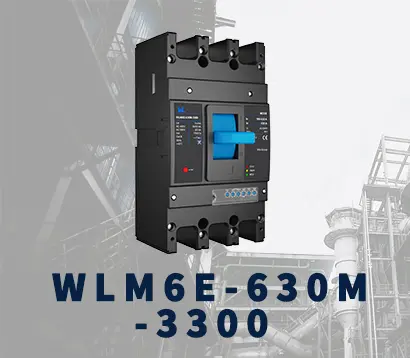 WLM6E-630A-3300
WLM6E-630A-3300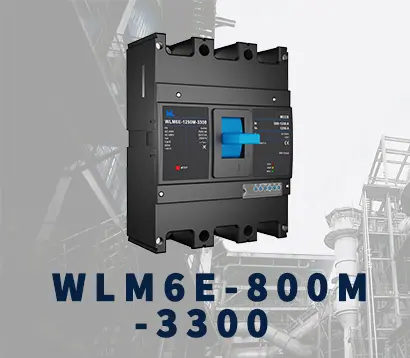 WLM6E-800A-3300 3P/4P
WLM6E-800A-3300 3P/4P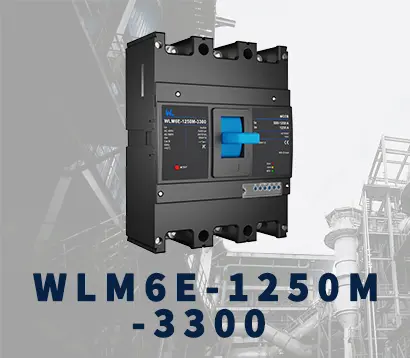 WLM6E-1250A-3300
WLM6E-1250A-3300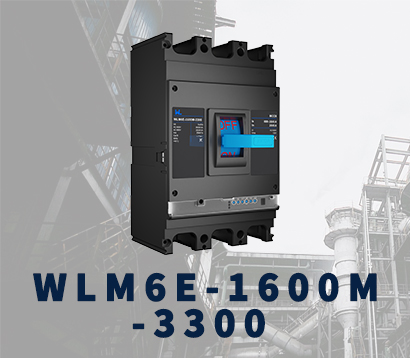 WLM6E-1600-3300 3P/4P
WLM6E-1600-3300 3P/4P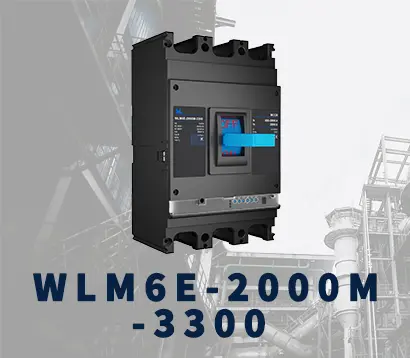 WLM6E-2000A-3300 3P/4P
WLM6E-2000A-3300 3P/4P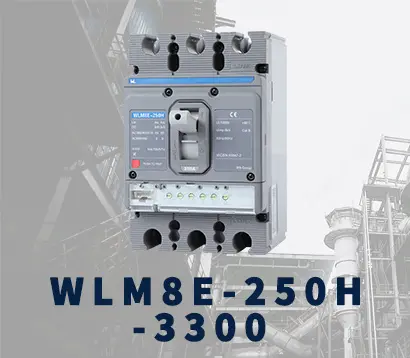 WLM8E-250H-3300
WLM8E-250H-3300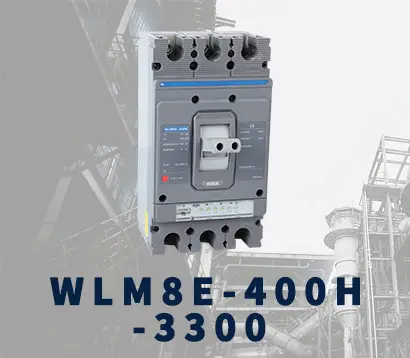 WLM8E-400H-3300
WLM8E-400H-3300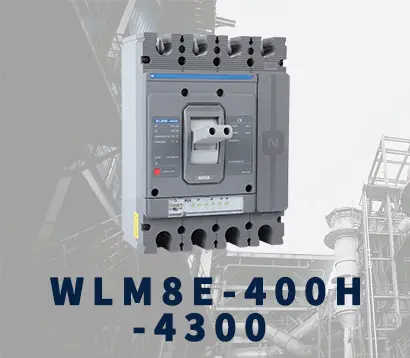 WLM8E-400H-4300
WLM8E-400H-4300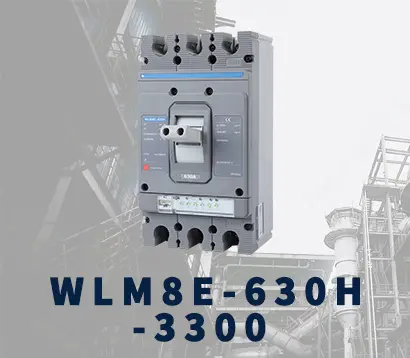 WLM8E-630H-3300
WLM8E-630H-3300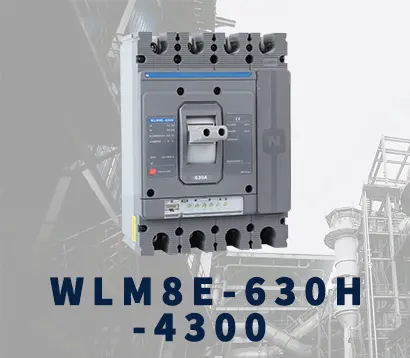 WLM8E-630H-4300
WLM8E-630H-4300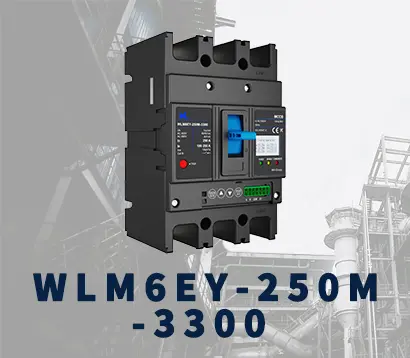 WLM6EY-250-3300 3P/4P
WLM6EY-250-3300 3P/4P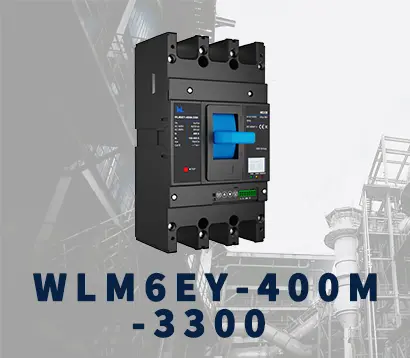 WLM6EY-400 3P/4P
WLM6EY-400 3P/4P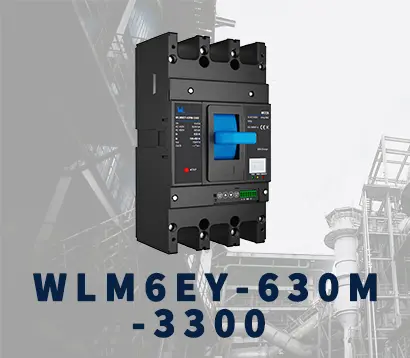 WLM6EY-630 3P/4P
WLM6EY-630 3P/4P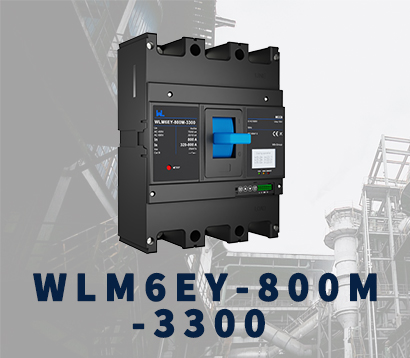 WLM6EY-800A 3P/4P
WLM6EY-800A 3P/4P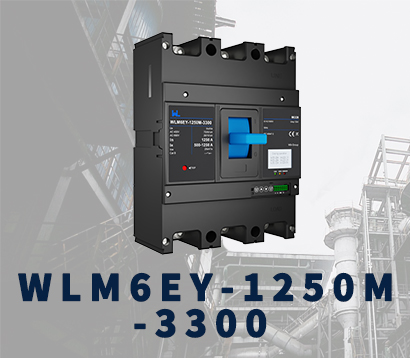 WLM6EY-1250A 3P/4P
WLM6EY-1250A 3P/4P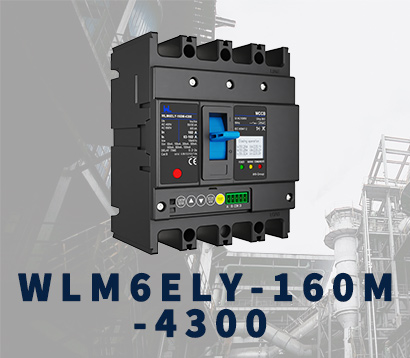 WLM6ELY-160A
WLM6ELY-160A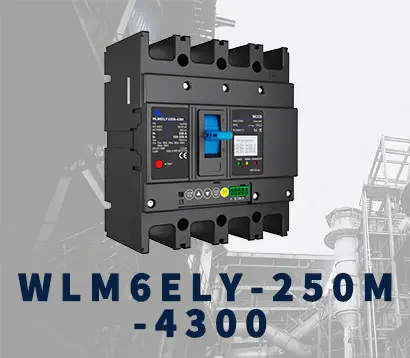 WLM6ELY-250A
WLM6ELY-250A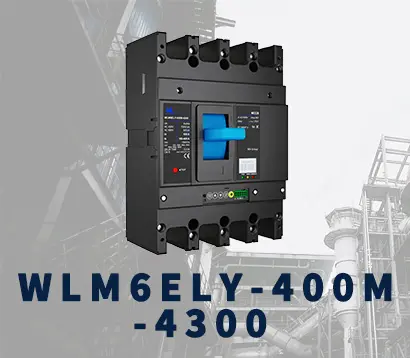 WLM6ELY-400A
WLM6ELY-400A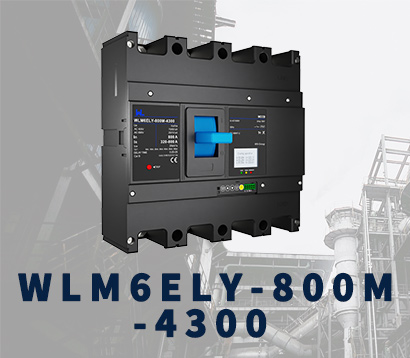 WLM6ELY-800A
WLM6ELY-800A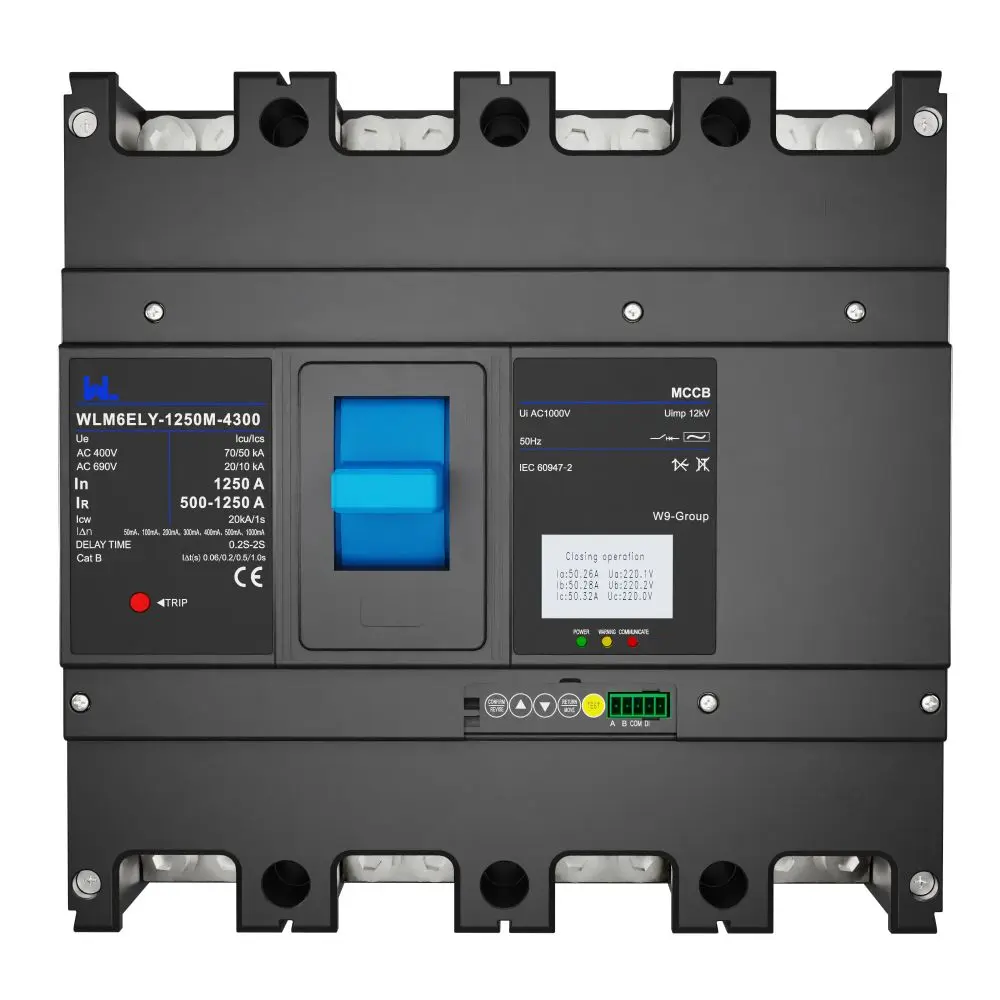 WLM6ELY-1250A
WLM6ELY-1250A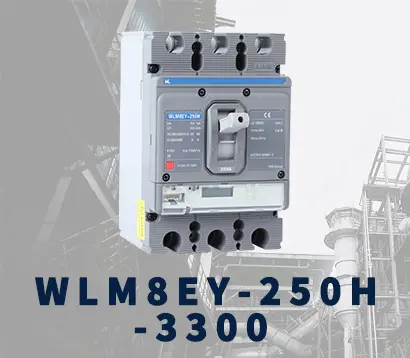 WLM8EY-250H-3300
WLM8EY-250H-3300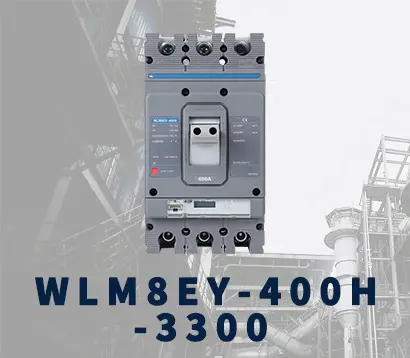 WLM8EY-400H-3300
WLM8EY-400H-3300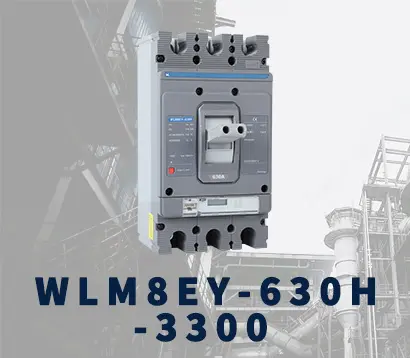 WLM8EY-630H-3300
WLM8EY-630H-3300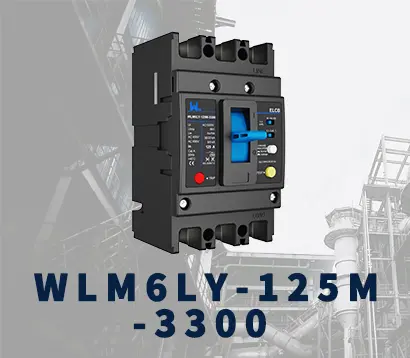 WLM6LY-125A
WLM6LY-125A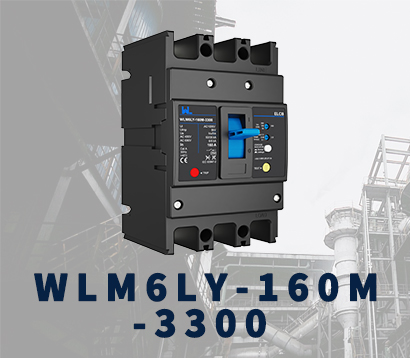 WLM6L-160A
WLM6L-160A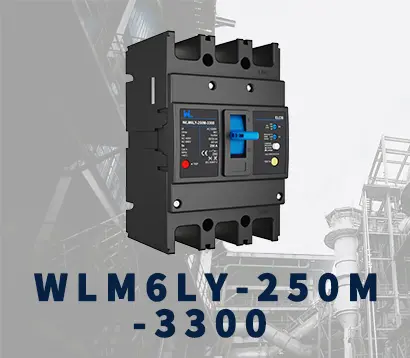 WLM6LY-250A
WLM6LY-250A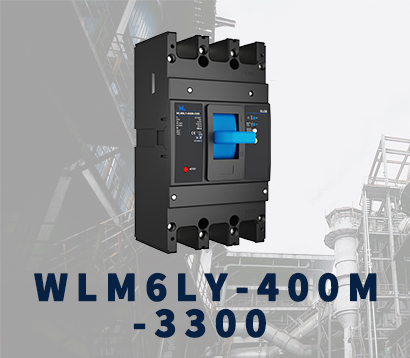 WLM6LY-400A
WLM6LY-400A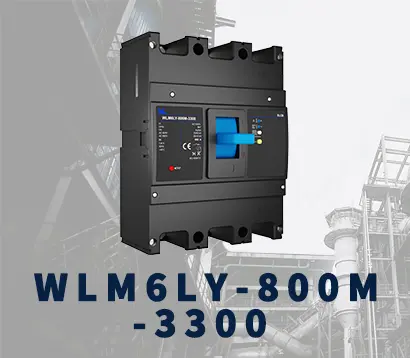 WLM6LY-800A
WLM6LY-800A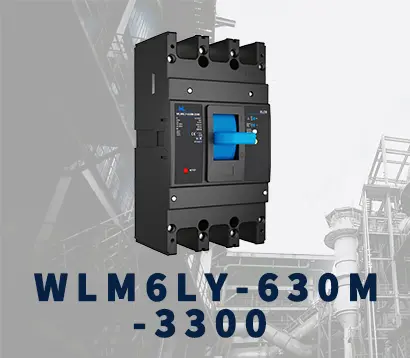 WLM6LY-630A
WLM6LY-630A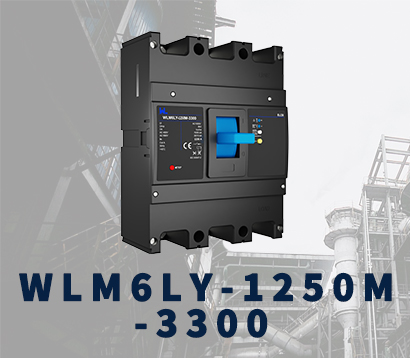 WLM6LY-1250A
WLM6LY-1250A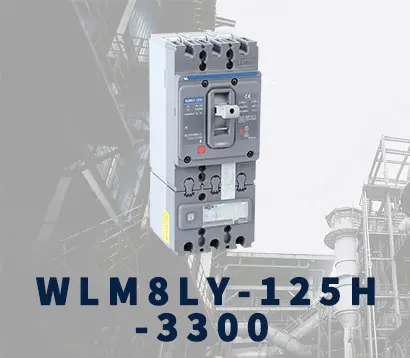 WLM8LY-125H-3300
WLM8LY-125H-3300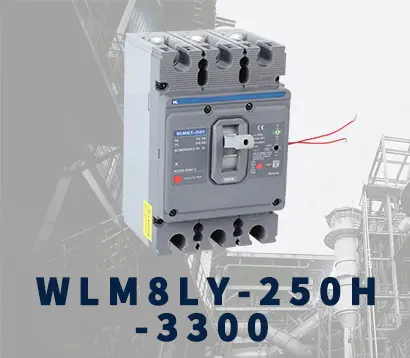 WLM8LY-250H-3300
WLM8LY-250H-3300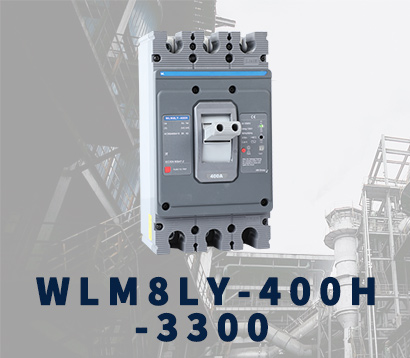 WLM8LY-400H-3300
WLM8LY-400H-3300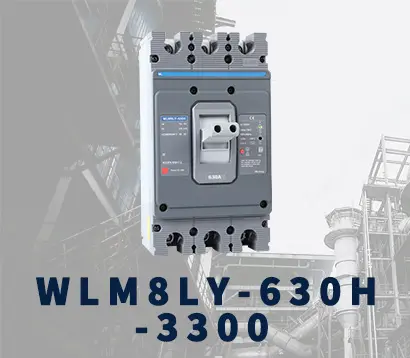 WLM8LY-630H-3300
WLM8LY-630H-3300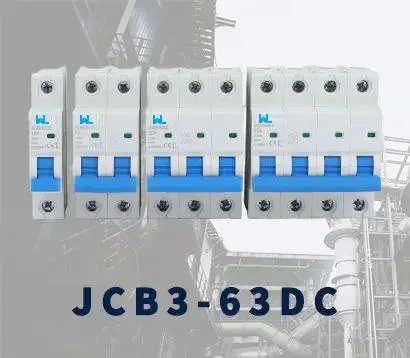 JCB3-63DC
JCB3-63DC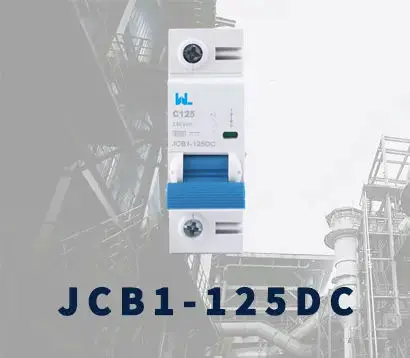 JCB1-125DC
JCB1-125DC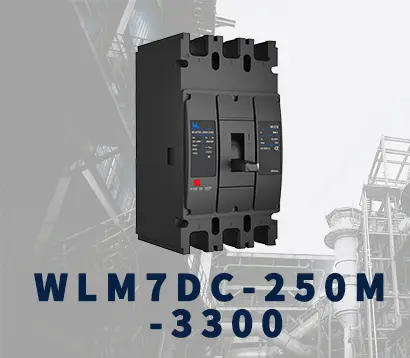 WLM7DC-250A-2300 2P/3P
WLM7DC-250A-2300 2P/3P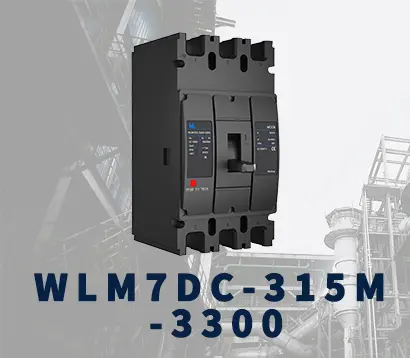 WLM7DC-315A-3300 2P/3P
WLM7DC-315A-3300 2P/3P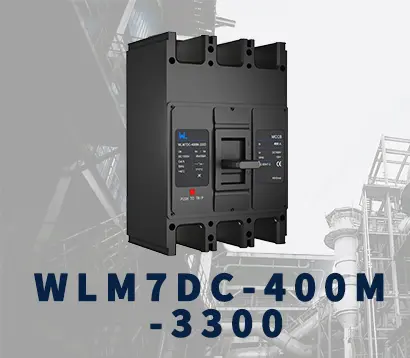 WLM7DC-400A-2300 2P/3P
WLM7DC-400A-2300 2P/3P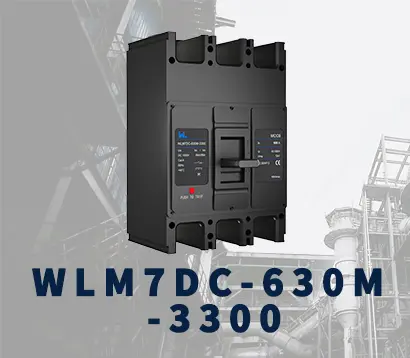 WLM7DC-630A-3300 3P
WLM7DC-630A-3300 3P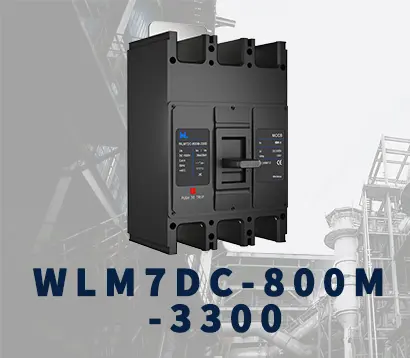 WLM7DC-800A-2300 2P/3P
WLM7DC-800A-2300 2P/3P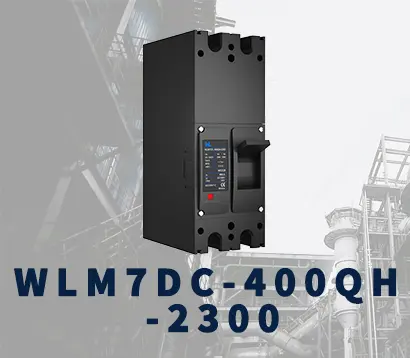 WLM7DC-400A 2300
WLM7DC-400A 2300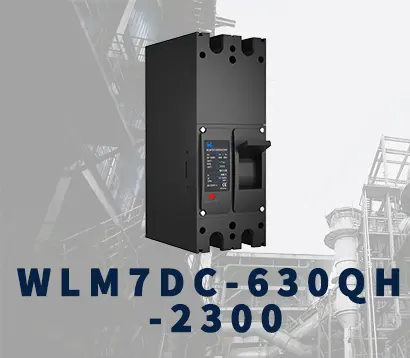 WLM7DC-630A-2300 2P
WLM7DC-630A-2300 2P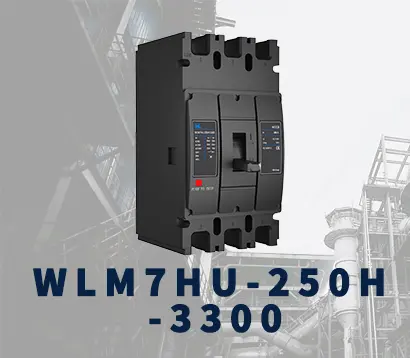 WLM7HU-250-3300 3P
WLM7HU-250-3300 3P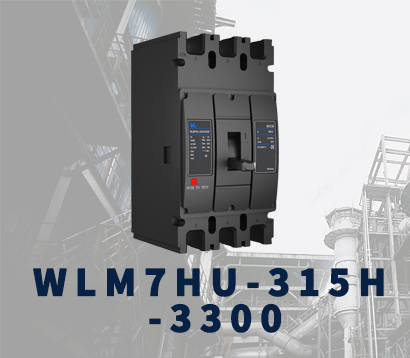 WLM7HU-315-3300 3P
WLM7HU-315-3300 3P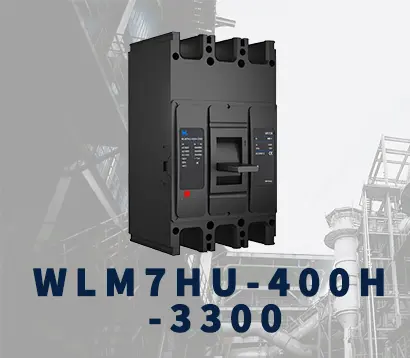 WLM7HU-400-3300 3P
WLM7HU-400-3300 3P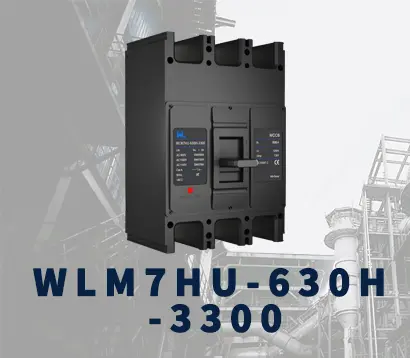 WLM7HU-630-3300 3P
WLM7HU-630-3300 3P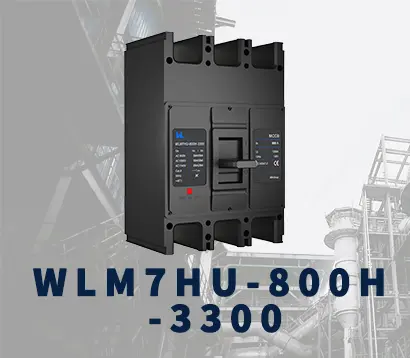 WLM7HU-800-3300 3P
WLM7HU-800-3300 3P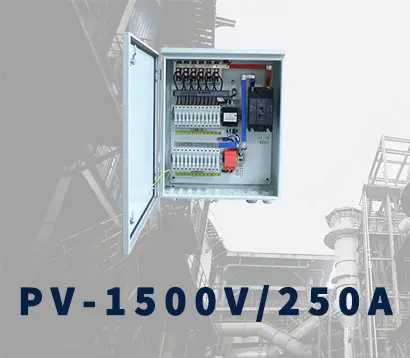 PV-1500V/250A
PV-1500V/250A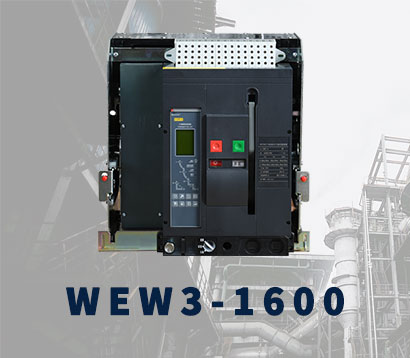 WEW3-1600
WEW3-1600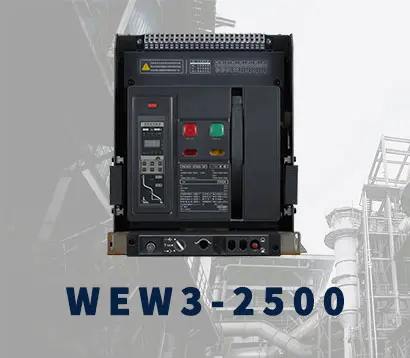 WEW3-2500
WEW3-2500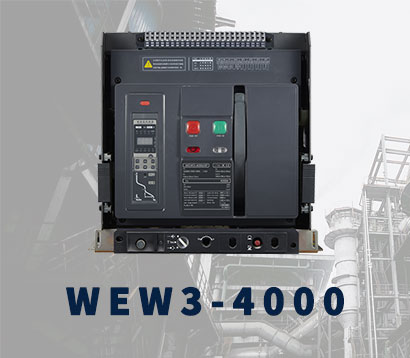 WEW3-4000
WEW3-4000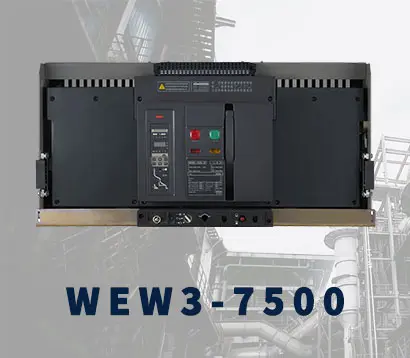 WEW3-7500
WEW3-7500





